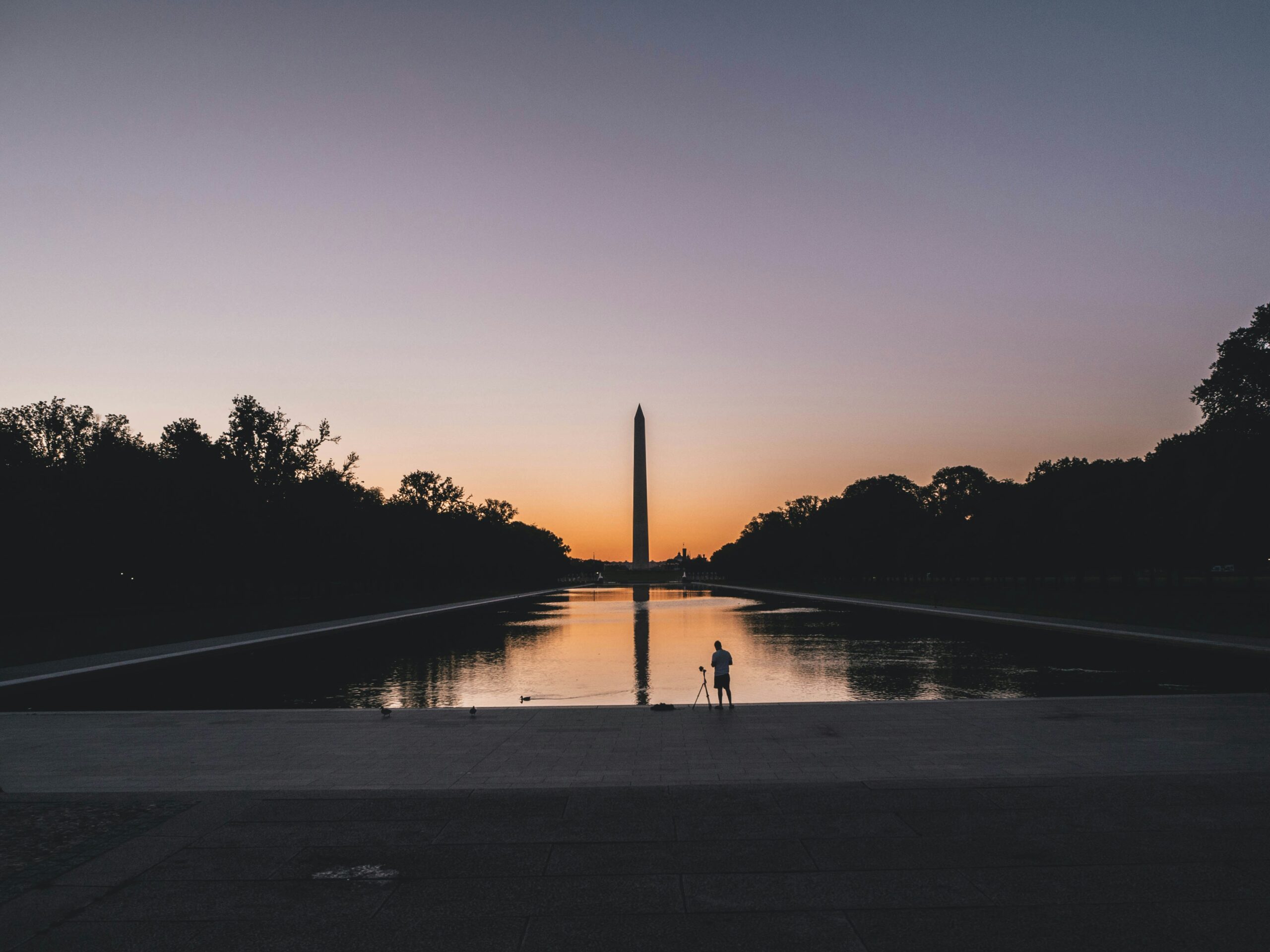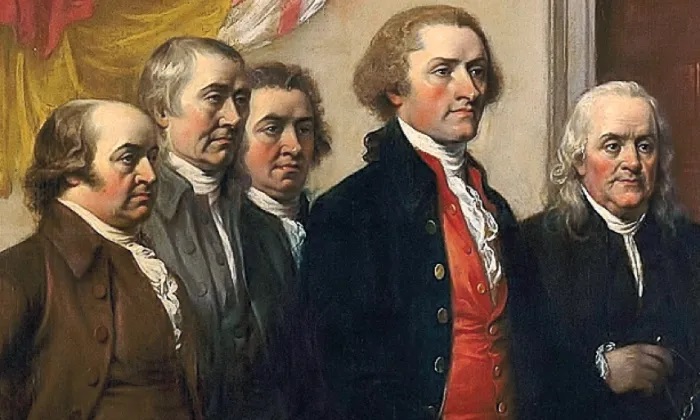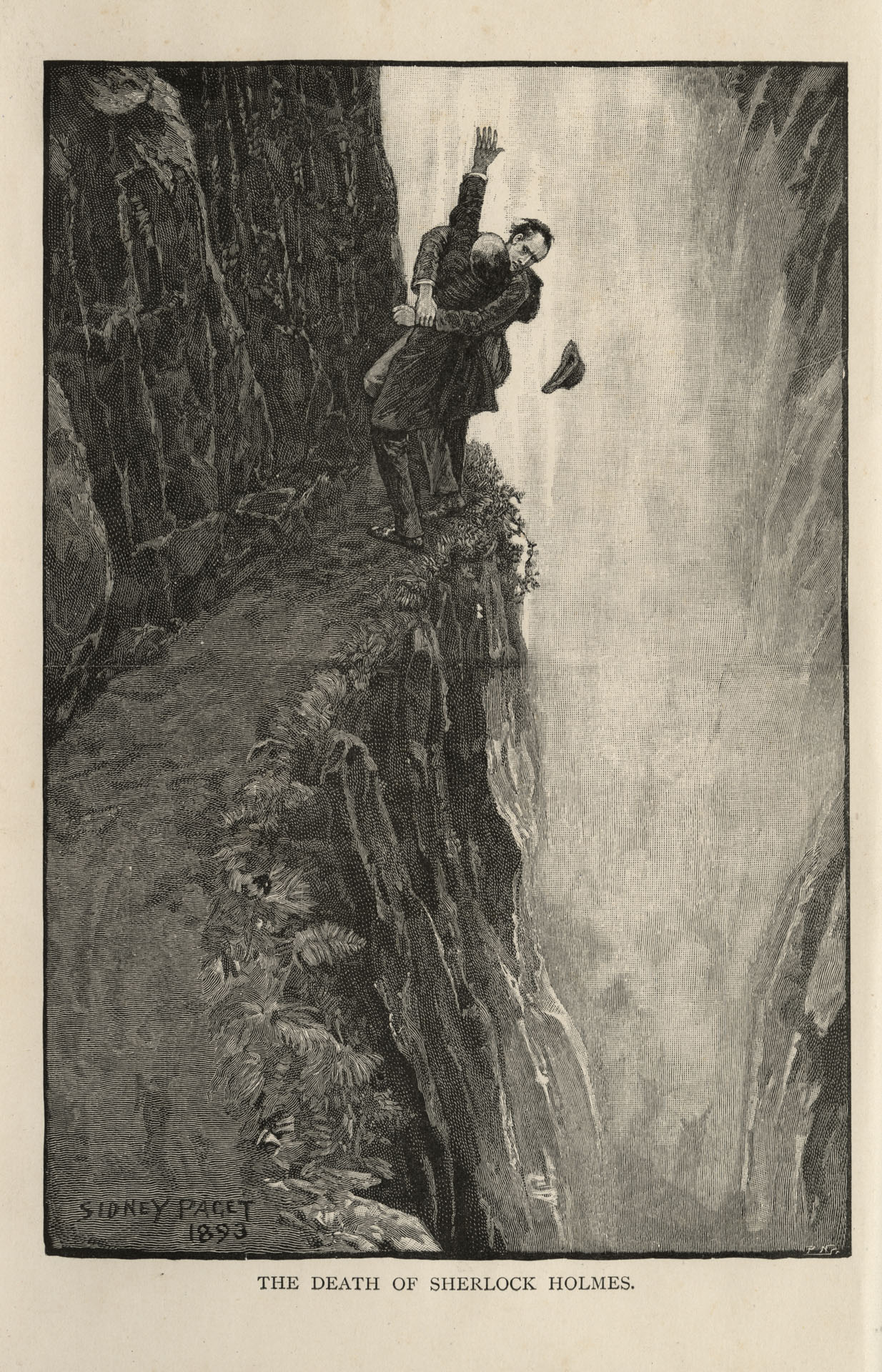The first seat belt law was established in 1970 in Victoria, Australia, making the wearing of a seat belt mandatory for both drivers and front-seat passengers.
In 1981, Mercedes-Benz introduced the airbag as an option on its S-Class cars. On July 11 1984, the United States government amended Federal Motor Vehicle Safety Standards to require cars produced after April 1, 1989 to be equipped with a passive restraint for the driver.

In the last several decades, we have seen all manner of crash avoidance and driver assistance technology including automatic braking systems to prevent or reduce the severity of collision; infrared night vision systems to increase seeing distance beyond headlamp range; reverse backup sensors, backup cameras, adaptive cruise control, anti-lock braking systems and emergency brake assist systems.
All of the above improvements have either become standard and/or mandated by law in the manufacture of automobiles.
The United States has a long history of safety concerns and improvements. Sadly, many have come after a tragedy.
In 1911, after a fire took the lives of 146 workers, mostly young women, at New York’s Triangle Shirtwaist Factory, legislation was adopted to ensure fire safety exits were made available in the commercial workplace.
The Occupational Safety and Health Administration (OSHA) was established by Congress on December 29, 1970 to “assure safe and healthful working conditions for working men and women by setting and enforcing standards and by providing training, outreach, education and assistance.” The agency is also charged with enforcing a variety of whistleblower statutes and regulations.
“On March 7, 1965,” Journalist Jeff Greenfield writes, “voting rights demonstrators on a march in Alabama from Selma to Montgomery were met by a phalanx of state troopers at the Edmund Pettis Bridge. They met the marchers with fists and billy clubs. A week later, President Lyndon B. Johnson spoke to a joint session of Congress.
“ ‘At times, history and fate meet at a single time in a single place to shape a turning point in man’s unending search for freedom,” Johnson said. “So it was at Lexington and Concord. So it was a century ago at Appomattox. So it was last week in Selma, Alabama.’ The speech propelled the Voting Rights Actinto reality and effectively ended 100 years of state-sanctioned repression.”
Abolition of slavery, (13th Amendment); “The right of citizens of the United States to vote shall not be denied or abridged by the United States or by any State on account of sex,” (19th Amendment); Due Process and Equal Protection (14th Amendment). The 2nd Amendment, protecting an individual’s right to bear arms, came about to protect the newly formed states against the tyranny of an English King – all have been forged in the crucible of democracy.
This brings me to the Sandy Hook School massacre. The incident has garnered considerable attention as the second deadliest shooting incident after the 2007 shooting at Virginia Tech where the shooter took the lives of 32 and wounded 17. Both shooters had a history of mental illness. Both used semi-automatic weapons in their attacks.
The tragedy at Newtown has caused all Americans to take a closer examination into the causes and solutions to gun violence.
This is not a simple issue. There are many factors and many changes have to occur if we are to find a responsible and rational way forward. Certainly, mental health issues facing millions of Americans is one factor that needs much more attention than it’s been given. A culture of violence perpetuated in films and particularly video games deserves additional evaluation.
Currently, Congress is having a series of debates seeking a reasonable gun policy.
In taking another look at this issue, I went back to the Constitution. After re-reading the text of all amendments, as well as a brief history of each, what caught my attention was the Constitution’s Preamble – “the introductory part of a statute, deed, or the like, stating the reasons and intent of what follows.”
We the people of the United States, in order to form a more perfect union, establish justice, insure domestic tranquility, provide for the common defense, promote the general welfare, and secure the blessings of liberty to ourselves and our posterity, do ordain and establish this Constitution for the United States of America.
“…insure domestic tranquility, provide for the commondefense, promote the general welfare...”
While gun advocates could certainly point to “common defense” as an underlying principle for gun ownership, that defense should not come at the expense of both tranquility (harmony) and the general welfare (wellbeing) of its citizens.
I am not for overturning the 2nd Amendment, but the time has come for responsible legislation that can greatly reduce the likelihood of another Newtown, Aurora, and Virginia Tech.
Although legislation after the Triangle tragedy did not stop alldeaths from workplace fires, fire-safety laws helped us take the steps necessary to limit future tragedies. The Civil Rights Act did not stop all discrimination, but it helped us to become more respectful of all citizens.
A rational approach to gun safety by banning some weapons would not, in and of itself, stop all senseless shooting deaths, but it would help us take the steps necessary to limit future tragedies.
We are not a perfect nation, but we are a nation of progress. The gun debate should not be about politics. It should be about people; about seeking domestic tranquility and general welfare by asking citizens to act in a manner that respects and is responsible to the harmony and wellbeing of all.
There is no duty that weighs more heavily on us than the duty we have to each other.
Comments









